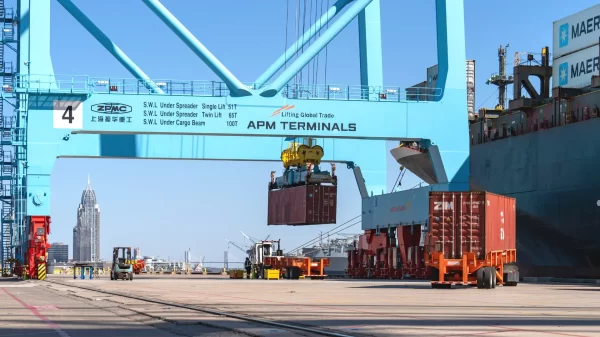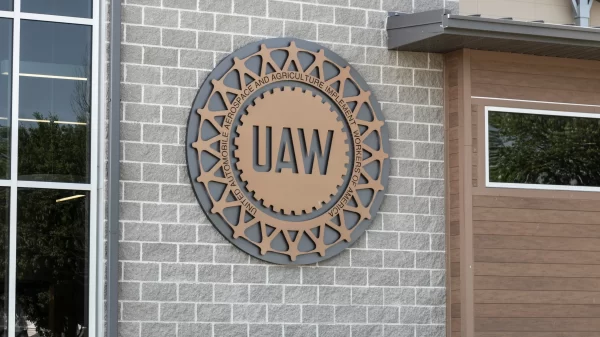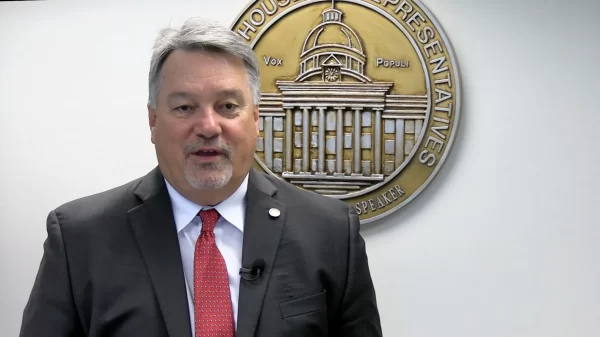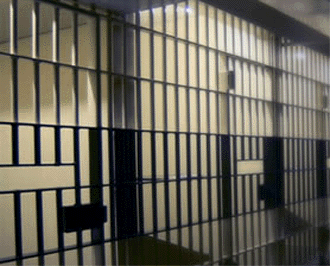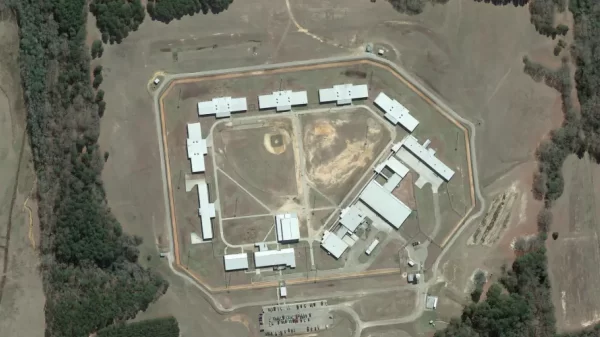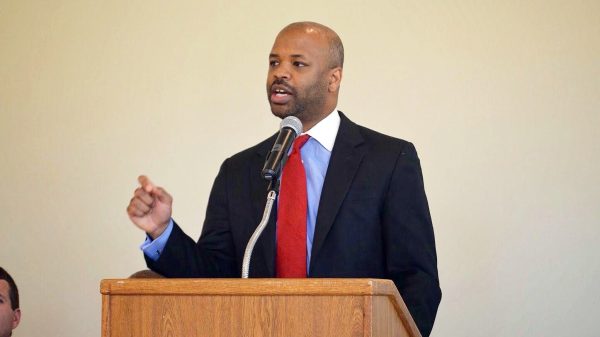By Bill Britt
Alabama Political Reporter
Alabama’s state prisons are currently operating at almost two hundred percent of capacity. As a result of overcrowding the state’s prison have become a dangerous place where guards are more captives than the inmates. A person with intimate knowledge of the Alabama prison system who wished to not be identified in this report said, “Because of the overcrowding situation in Alabama prisons the inmates are basically running the prisons.”
According to records from the Alabama Department of Corrections (ADOC), the inmate population as of December 25, 2011, totals 31,046.
The break down of the prison population is as follows:
Black Males: 17,200 White Males: 11,338 Other Males: 41
Black Females: 823 White Females: 1644 Other Females: 1
Total Males: 28,579 Total Females: 2467 Total Inmates: 31,046
Some estimates state that more than 200 inmates are being guarded by one corrections officer.
Our source says, “The guards have no choice but to stand back and just try to keep the prisoners from getting out of hand. But one day, one of these facilities is going to have a full-scale riot and the Governor is going to be forced to call out the national guard.”
He further said, “If you think the media is giving the state a black-eye over immigration, just wait until the cameras are rolling as the Alabama National Guard—carrying automatic weapons and blasting tear gas and percussion grenades—lays siege to a prison, there will be hell to pay.”
The ADOC operates 29 facilities within the state. Five are considered maximum security: Holman, Kilby, St. Clair, Donaldson and Tutwiler. Eleven are considered medium security, with a total of 13 minimum camps, work release and community work centers.
With an operating budget over $450 million the state is being face with tough choices.
Record show that Alabama spends about $42 dollars a day per inmates which is statistically the lowest of any state, however, faced with budget shortfalls the Governor is being forced into looking for ways of shoring up the prison system.
State Attorney General Luther Strange said in November, “We have a … [prison] population that’s about 195 percent of the designed capacity, so we understand the problems.”
The Governor and Legislature are looking for ways to solve not only the short-term problem but also address structural problems that have brought the prison system to the brink.
Senator Cam Ward (R-District 14), is the chairman of Alabama’s Joint Oversight for Prison Committee. Ward said, “We have to have alternative sentencing. I know people who shy away from that, but I can tell you right now, without alternative sentencing you will not fix this problem. It can’t be done.”
Alternative sentencing has in the past been ignored because politicians did not want to appear soft on crime. But realities have overtaken political posturing and there is a reasoned approach emerging that lays open the fallacies of some of the tough on crime rhetoric.
“The current system we have right now is softer on crime than anything else, because we have let non-violent offenders take up bed space, we have created a situation that is actually soft on crime and dumb at the same time. Right now, violent offenders are being released earlier and earlier because of the way this situation has been handled,” said Ward.
Ward said that he and others in the judiciary are looking at how other states have handled their situation. Ward believes the state must look at programs such as drug courts, half-way houses and any other kind of intervention services. This echoes what has been heard in many courthouses around the state.
“We are looking at changing some sentencing guidelines,” said Ward. “And we also are working to make sure that violent felons stay in prison for a longer part of their sentence and make sure there is room for them. You keep the non-violent offenders in alternative programs so the violent offenders can stay in [prison] longer.”
Many DAs and judges around the state are welcoming more local control for sentencing. Judges, district attorneys and law-enforcement are local citizens and know many of the people who come before them in court. They generally know which ones can benefit from alternative sentencing and those that need to be locked up without impunity.
Ward said, “They do need more local control because what happens right now is we have the mandatory minimums that we have put into place and by putting those mandatory minimums in place for non-violent offenders you are tying the local law enforcements hands.”
The U.S. Sentencing Commission released its first in-depth report on federal mandatory minimum sentencing laws in 1991. Twenty years later, it has released its second in addressing mandatory minimum. The commission reports that, mandatory minimum sentences are too harsh, are not applied fairly or evenly, fill our prisons with small fish, and have contributed to overcrowded prisons and a budget crisis.
The Commission’s report does not renounce all mandatory minimum sentences, however, it does urge Congress to reform some aspects of mandatory minimum sentencing laws.
A politico who wish to not be named in this article said, “Alternative sentencing maybe the right way to go, but it doesn’t play well back home. And the AEA and others are going to beat you over the head with the idea that you are taking money away from kids and giving it to prisoners.” They added, “It is a political looser, period.”
Erik Luna, a law professor at Washington and Lee University School of Law and an adjunct scholar with the Cato Institute spoke before the United States Sentencing Commission, on May 27, 2010. Read full testimony.
In her opening statement before the commission, Luna said, “The basic critique of mandatory minimum sentencing schemes is well known and becoming more widely accepted. To begin with, mandatory minimums do not serve the traditionally accepted goals of punishment. All theories of retribution (and some conceptions of rule utilitarianism) require that punishment be proportionate to the gravity of the offense, and any decent retributive theory demands an upper sentencing limit. The notion of proportionality between crime and punishment expresses a common principle of justice, a limitation on government power that has been recognized throughout history and across cultures, and a precept ‘deeply rooted and frequently repeated in common-law jurisprudence.’”
There are those who will contend today that sentencing reform or any attention given to prisoners is a potential third rail in Alabama politics.
Ward says that the sentencing commission has some very good recommendations that are forthcoming that should be considered as part of solution to the problems facing our prison system.
Ward said, “There is a great simple presentation that the sentencing commission has done and it talks about exactly how we compare to other states. Everybody talks about Arizona with Sheriff Joe. Did you know that Sheriff Joe, even with his tent cities spends more per prisoner than we do in our prisons?
“The system that we have is just so broken,” said Ward, “If we don’t do something soon we are going to be in a world of hurt.”
Ward said he believes that the fix is available. Most believe it will just take a will to change the system and a good deal of work, wisdom and planning.


















